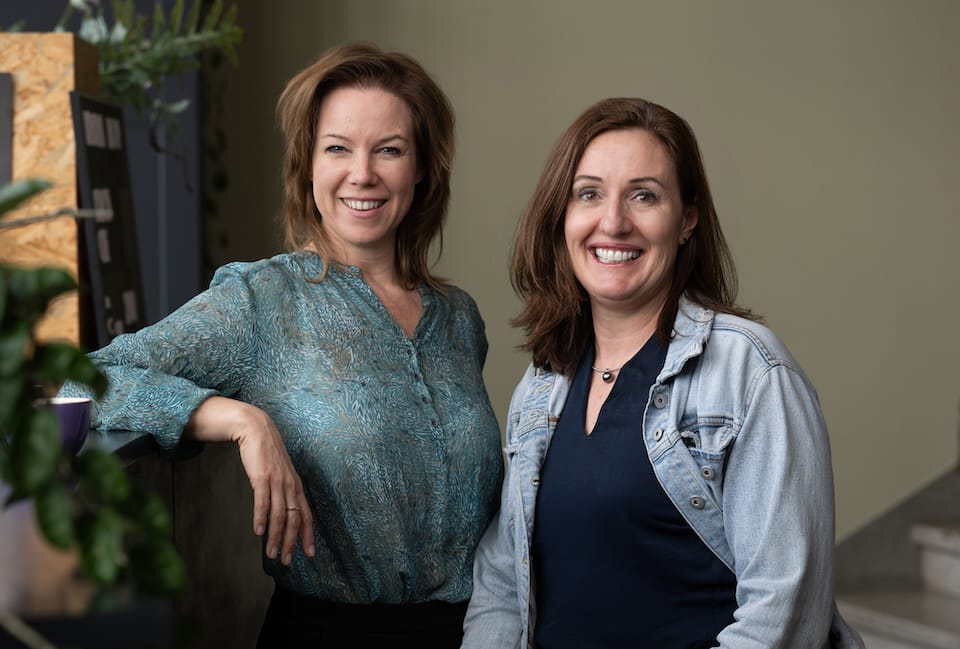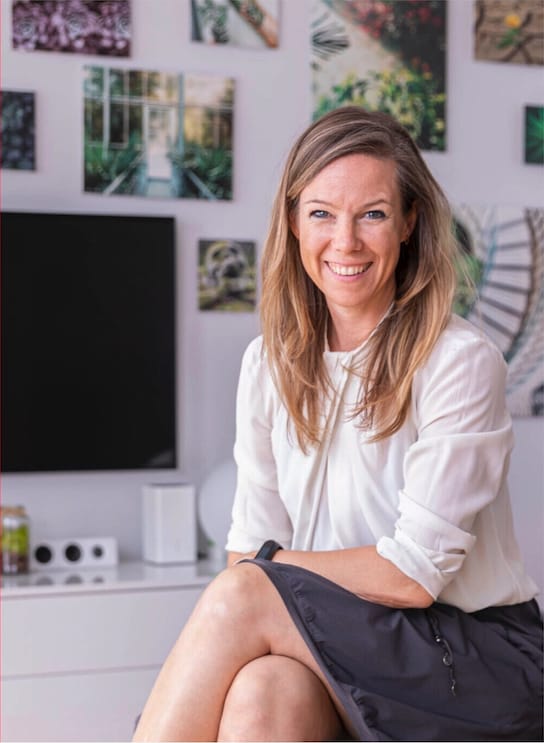Five tips for C-level leaders
When Facebook launched 18 years ago, building a page to communicate complex ideas was laughable: Facebook was about rating Harvard students, and then cats, and dogs, and babies. In 2023, a website and a social media presence are a given. ‘Serious’ players also moved more quickly onto emerging platforms like Instagram and TikTok to communicate their science, economic, social, or public policy messages.
As the range of social media options grow alongside high visibility demands and expectations of quality, it is hardly surprising to hear grumblings about social media contributing to horizontal job enlargement. Complex themes prompt a reductionist argument that ‘real’ ideas cannot and should not be communicated in bite-size pieces. While both perspectives are valid, the elephant remains in the room.
With a little know-how, strategic use of social media can be a valuable tool when communicating complex themes. Social media can help reach new audiences, drive traffic to longer forms of communication, and form thriving networks and communities. As someone with extensive international experience working with complex themes, I know it is possible and have convinced even the most doubtful clients it works!
Here are five big-picture tips to lead your team to create impact in your field:
1. Build coherent, consistent and current digital spaces.
A coherent, consistent, and current digital space is a must to build recognition and trust: it is the bedrock for your main message. A clear and up-to-date identity makes you recognisable across channels, and makes followers feel at home because they can rely on what they expect you to deliver. What does this mean in practice? It starts with the basics, such as using the same profile photo, headline, and keywords across platforms. A stuffy suit-wearing CEO on LinkedIn who posts party videos on Instagram and uses a decades-old holiday snap as a Facebook profile photo quickly creates the impression that they are not on top of their digital presence.
Beyond the basics, interactions should be limited to contributing to a single narrative. For example, at a recent strategic workshop I led with a large group of executives, they each identified their principal portfolio competence areas. The CEO was responsible for employee branding, the legal officer for compliance, the research officer for data and innovation, and so on. To sharpen their social media presence as an executive group, in addition to posting company material, each member now principally likes, shares, comments, and posts around their competence area. The group committed to working as a team with focussed contributions to aggregate their collective message.
2. Articulate your ‘north star’ message.
Defining your key message is a banal communication truism — and yet it still surprises me how many companies and organisations forget to do it! It is too easy to get distracted and lost in the exciting world of producing beautiful animations, videos, and graphics without a firm guiding narrative. When content is complex, a clear key message is even more vital: each post must be crafted as a strategic building block and simultaneously reverberate the message as a stand-alone, regardless of format, platform, or community.
Take one of our international clients. Their communication was oriented toward parents and families on Facebook, academics on Twitter, and professionals engaged in international public policy and finance on LinkedIn. These separate communities responded to different photos, text, and formats, but behind each post was a clear stem message. Remember: Prepare, then paint.
3. Work with mother-tongue copywriters.
Every word counts when communicating a complex theme (Smile and nod if you too have sweated over each and every word in a media release, speech, or annual report!). So why would you just dump this text into Google Translate or DeepL? While the quality has improved over the years, poorly drafted or translated text is unnecessarily distracting at best, and threatens a serious misfire at worst.
Here is an example I saw just the other day:
A company had obviously invested a lot of money into the corporate signage in their lobby, sharing the many things they do to care for the environment in three languages. The sign asked in English, “Walk with us to care for the environment,” followed by a list of what we could do to help. A well-intended message, but what they meant to say was, “Join us in caring for the environment.” It's a small change, but getting it wrong screams translation. Imagine the impact in a complex message.
If you translate text often, or write copy in a second language, I recommend finding someone to write or edit for you. Then sticking to that person! An experienced mother-tongue copywriter who works with the same client for some time will understand their client’s strategic imperatives, corporate language, and no-go areas. They will write more quickly and precisely, and will not require much direction or handholding. Good copywriters can also offer valuable insights from an ‘outside’ perspective so the message is clear to the end reader.
4. Integrate visual freelancers into your team.
Visualising data, infographics, and short video sequences are powerful tools to communicate complexity. If you have the budget to hire all the necessary skill sets to visualise your content, invest your time into employee retention! If you need to bring in these additional skills occasionally, find and integrate quality professionals as part-time team members and ensure they understand your strategic objectives.
Onboard your graphic designer, invite your copywriter to strategic meetings, update your video editor on strategic changes, and bring them all together for occasional team events. Gig economy workers can be good for your bottom line, but you need them to deeply understand the nuances of your themes and where the boundaries lie. Invest in building strong relationships, so each member understands and contributes meaningfully to your objectives.
5. Focus on strategy, content, AND community.
Strategy — check! Content — check! Now, what about community? Your community is everything! A strong, engaged following has the power to amplify your message for you. Unfortunately, many people ignore the ‘social’ part of social media. Once the strategy is in place, the focus tends to go to developing content where, again, it is easy to get side-tracked.
Review some of your favourite social media channels and observe how much of their content is dedicated to advertising their latest speaking event, publication, or data. What else are they doing? Get inspiration from their content to adapt for your channels. Remember that everyone is tuned into radio ‘WII FM’: What’s in it for me? It’s important to let your audience know where to find you and how good your figures are, but what is in it for them? Engage with your community and share your knowledge without expectation. There is nothing so powerful as a community multiplying your impact for you.


